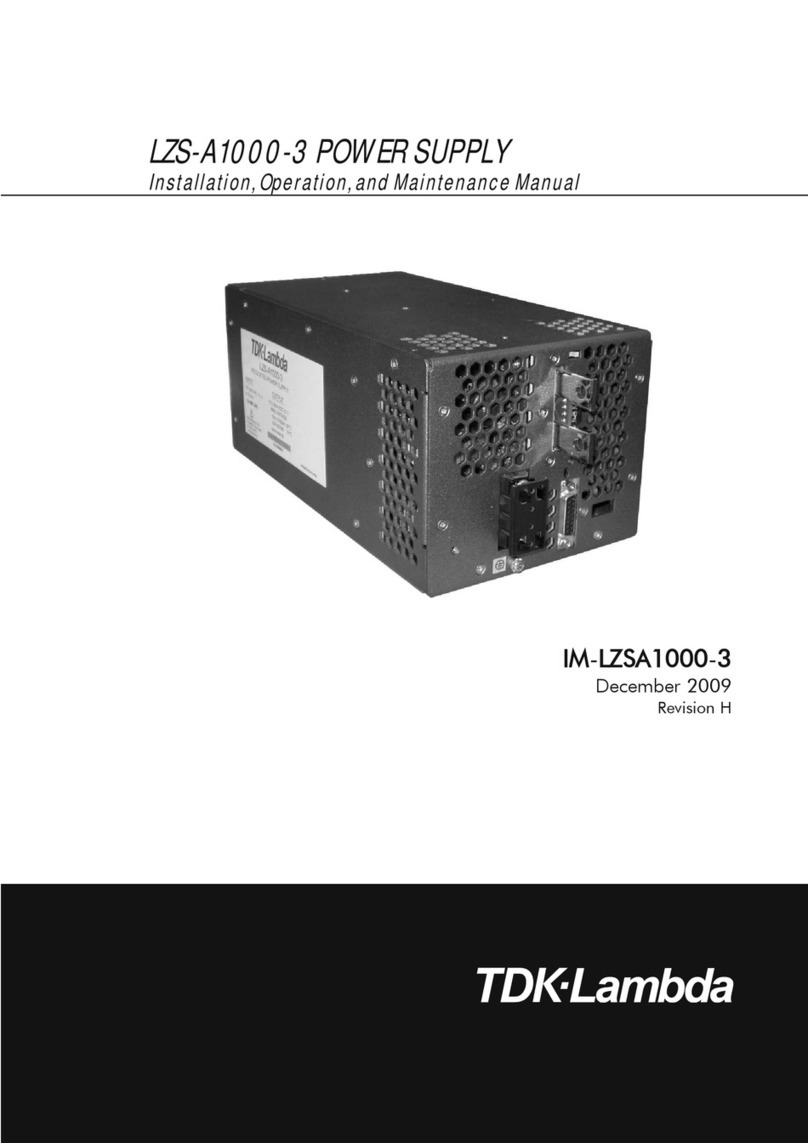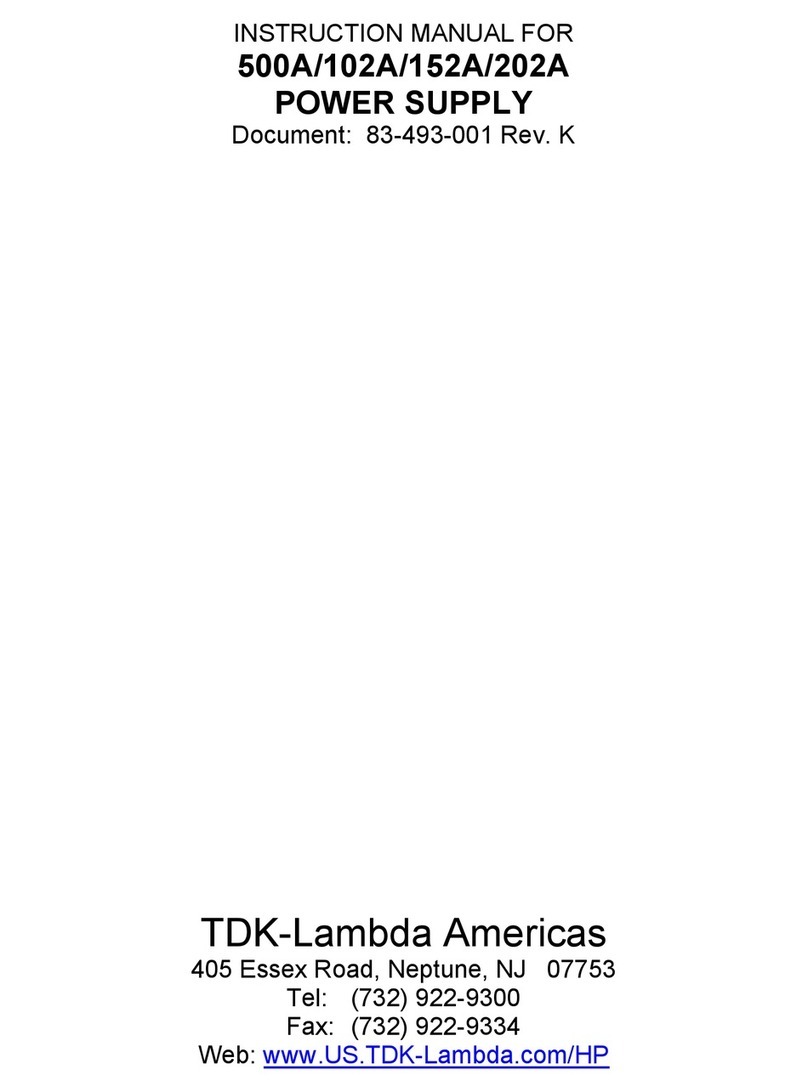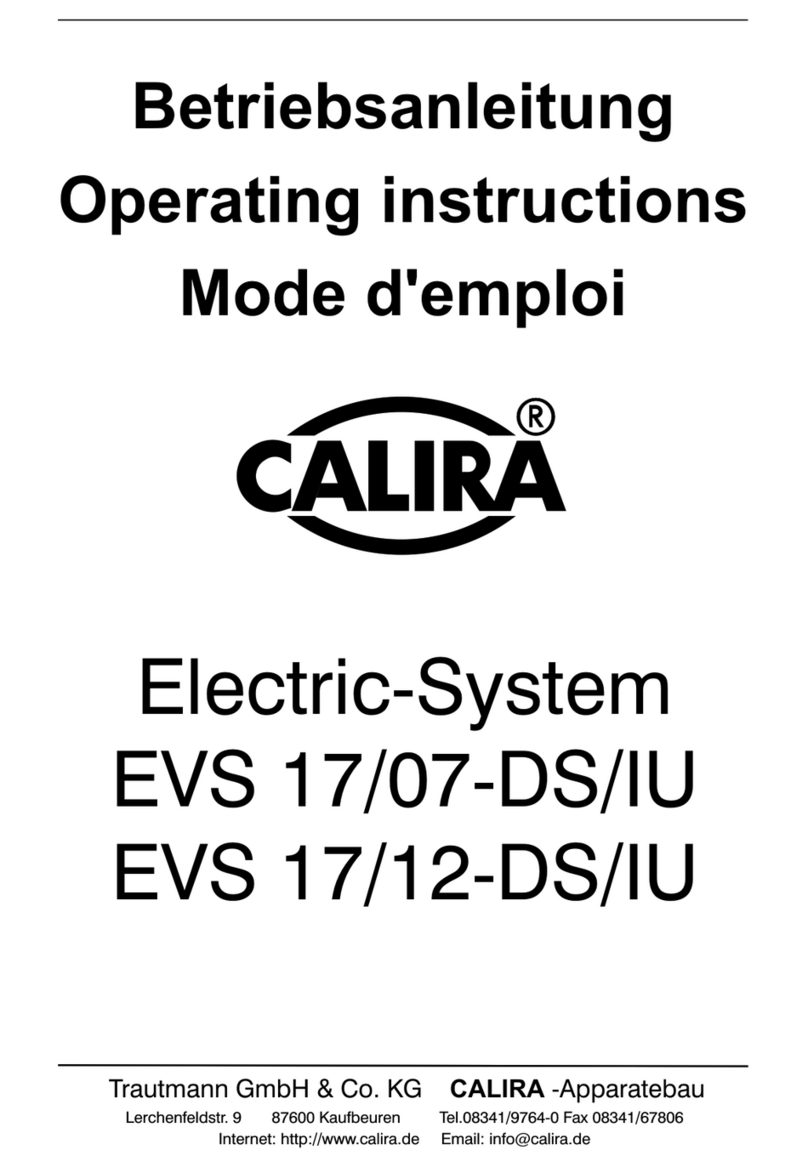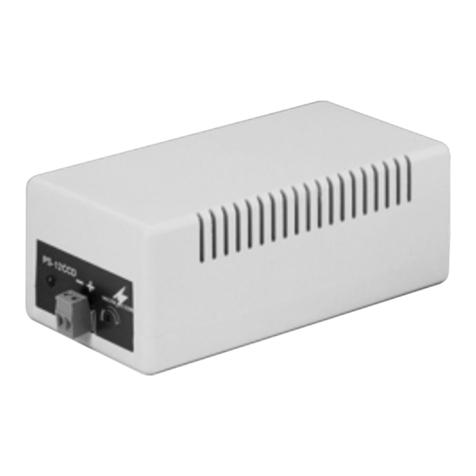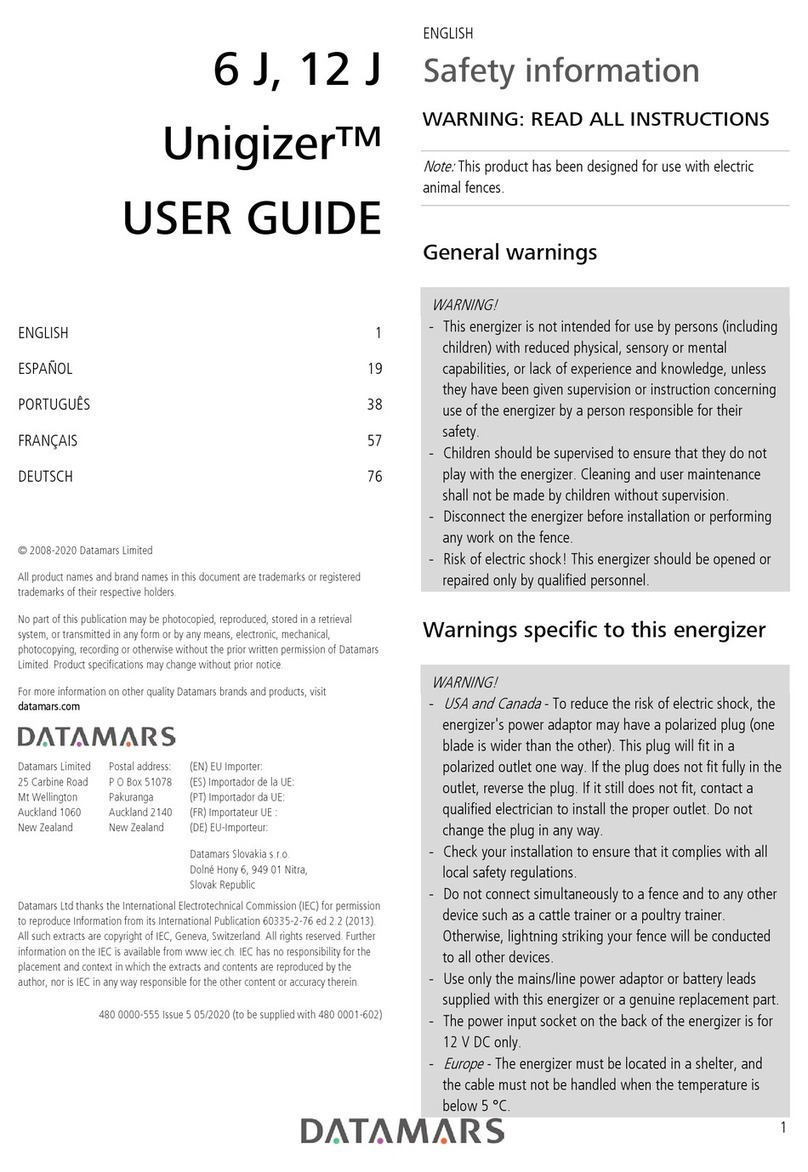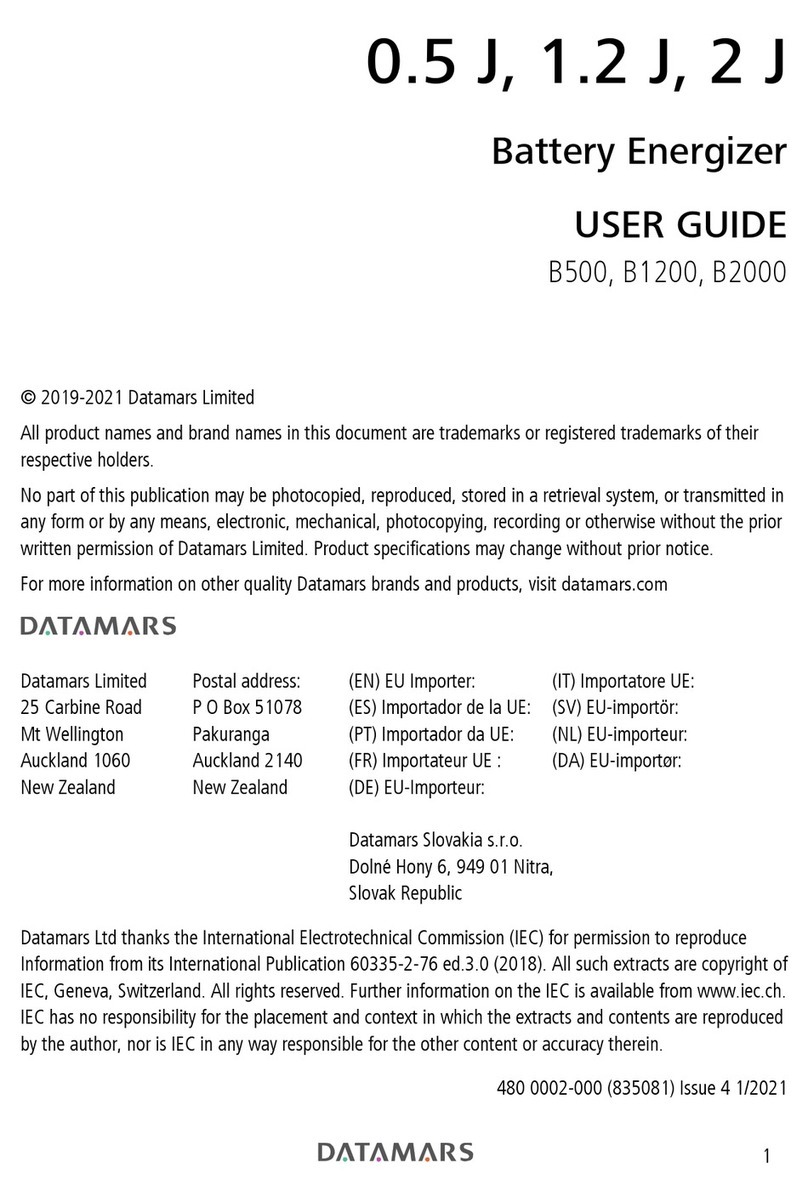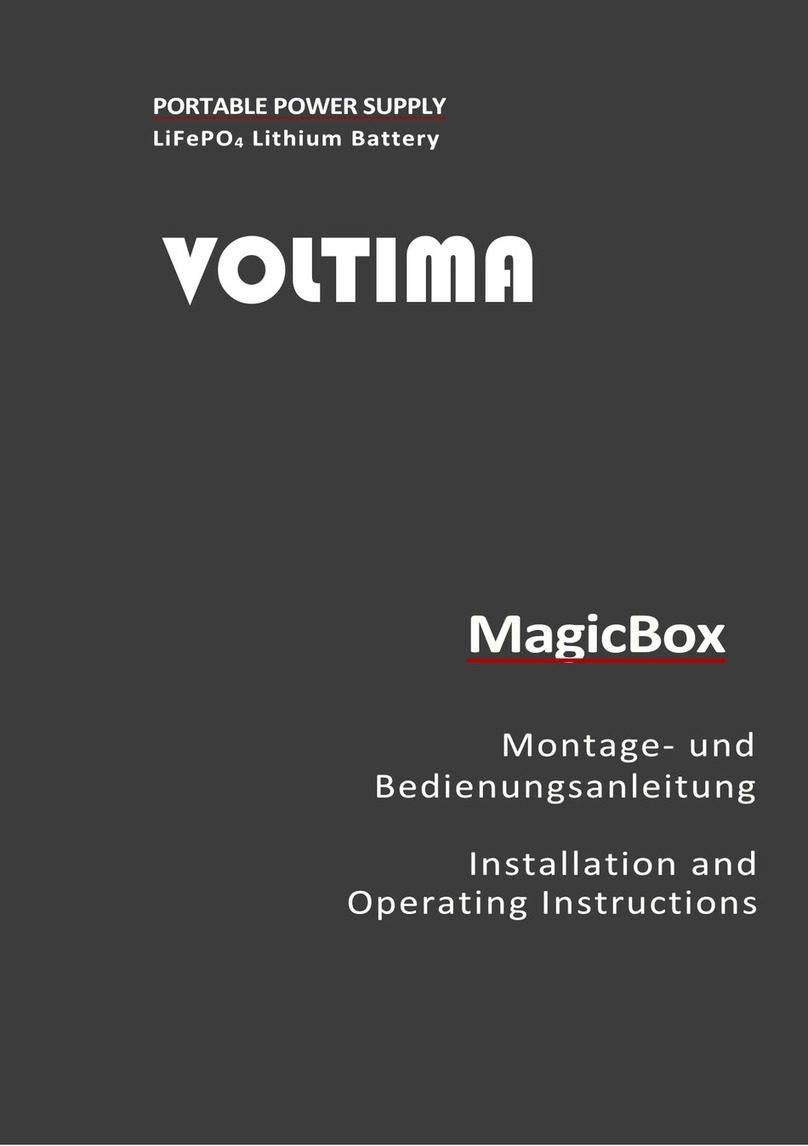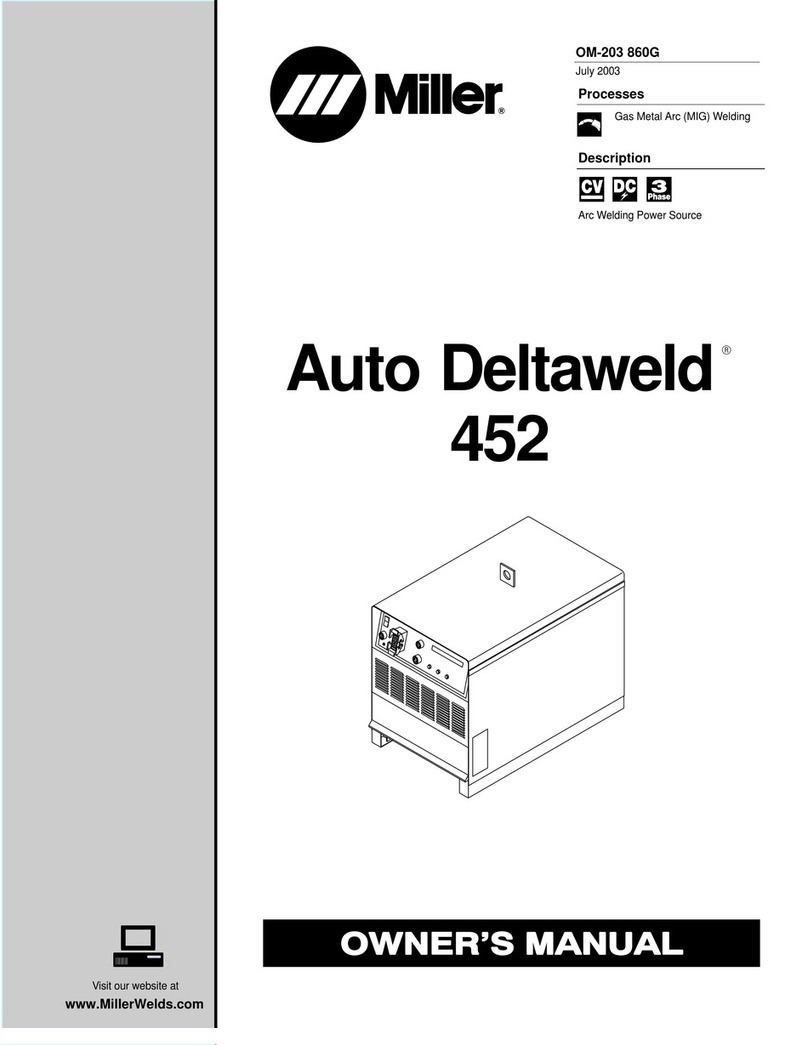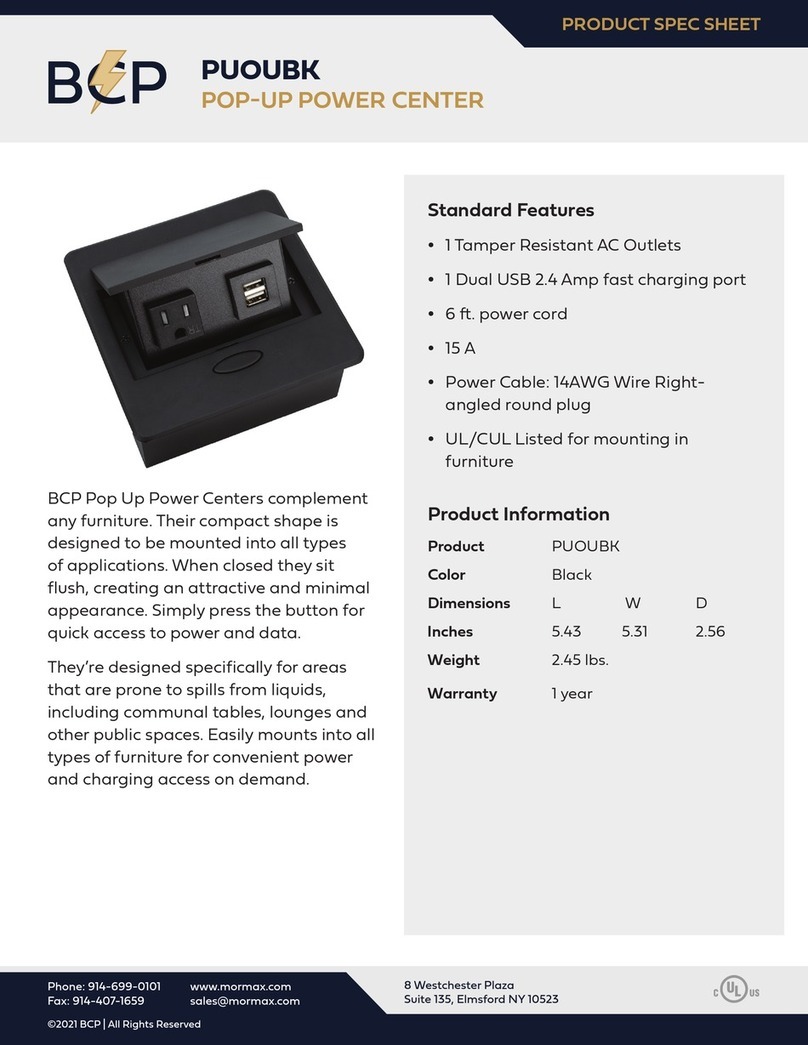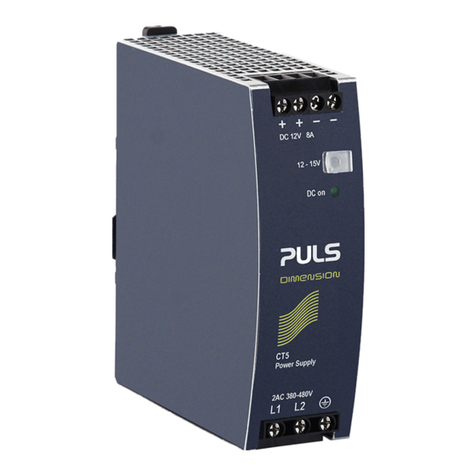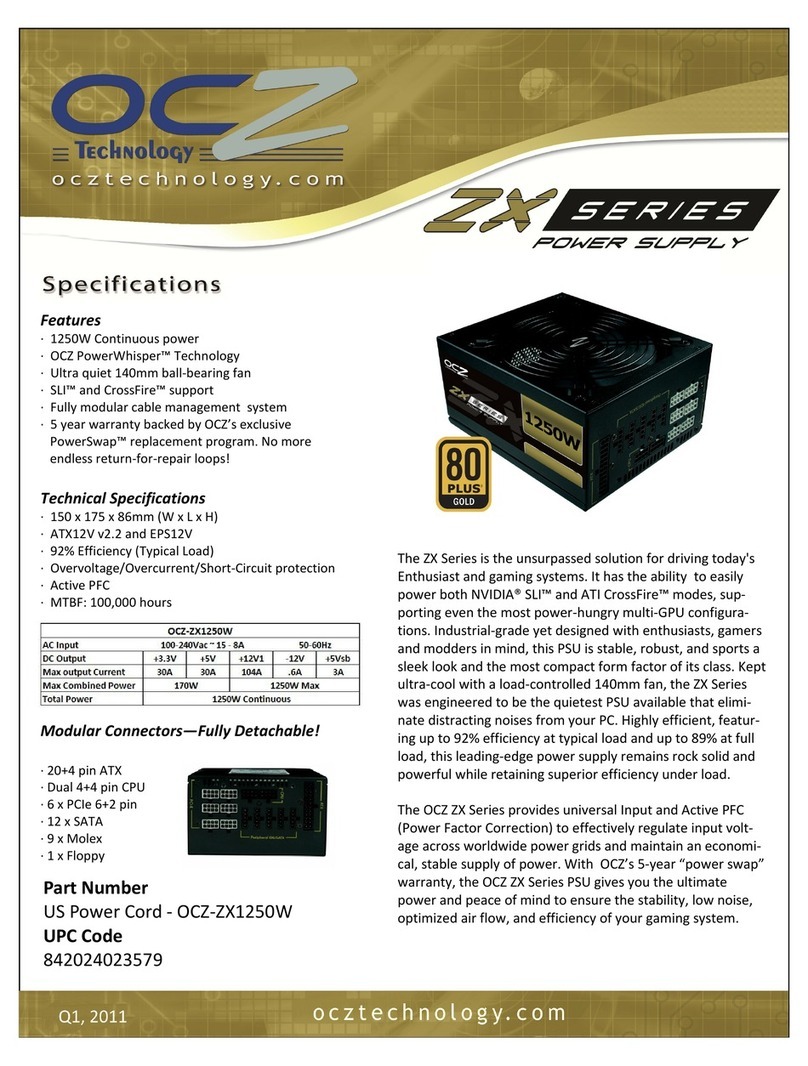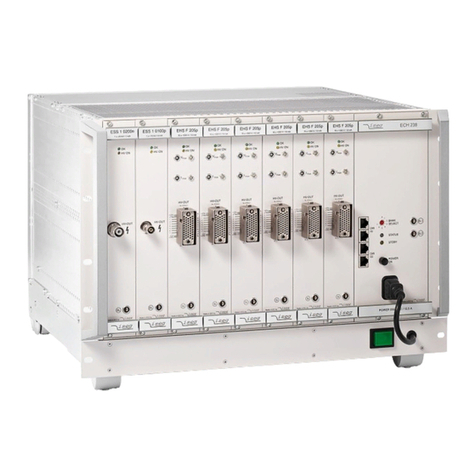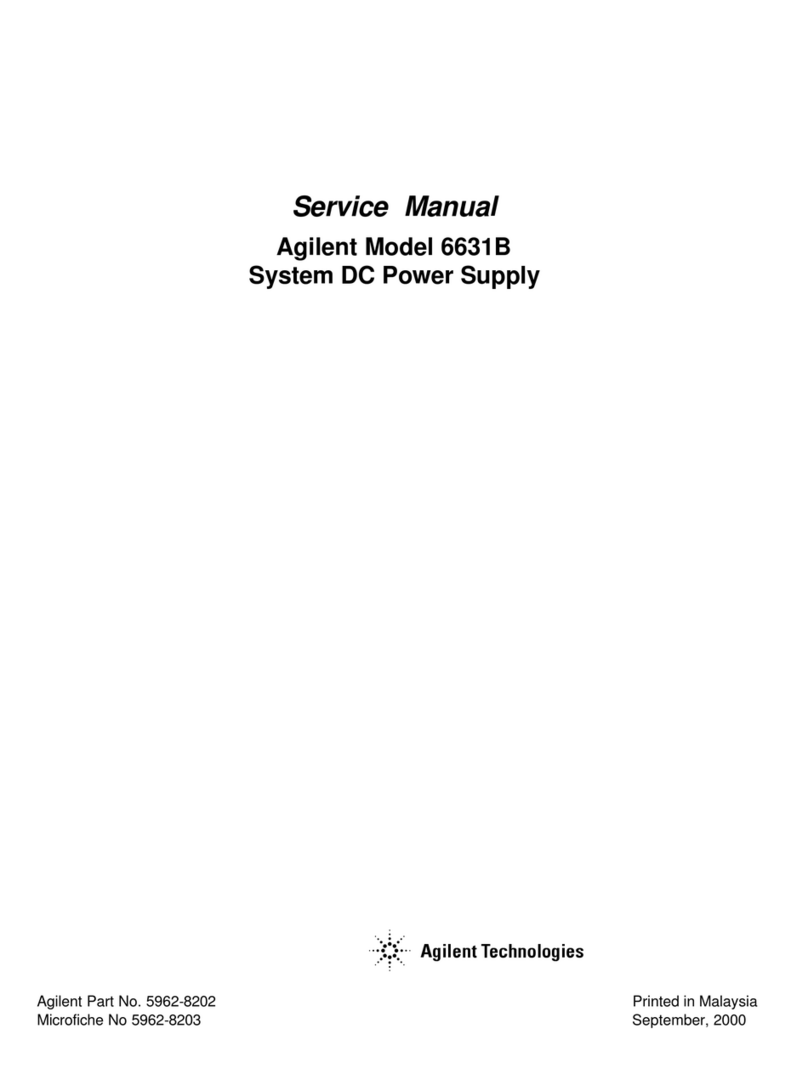
Important safety instructions for
Class 2 power units (USA/Canada
only)
When using electrical products, basic precautions should
always be practiced including the following:
1READ AND FOLLOW ALL SAFETY INSTRUCTIONS.
2Read and follow all instructions that are on the product or
provided with the product.
3Do not use an extension cord.
4Reference the National Electrical Code, ANSI/NFPA 70,
specifically for the installation of wiring and clearances
from power and lighting conductors.
5Installation work and electrical wiring must be done by
qualified person(s) in accordance with all applicable codes
and standards, including fire-rated construction.
6Do not install or use within 3 m (10') of a pool.
7Do not use in a bathroom.
8WARNING: Risk of Electric Shock. When used outdoors,
install only to a covered Class A GFCI protected receptacle
that is weatherproof with the power adaptor connected to
the receptacle. If one is not provided, contact a qualified
electrician for proper installation. Ensure that the power
adaptor and cord do not interfere with completely closing
the receptacle cover.
9WARNING: Risk of Fire. Installation involves special wiring
methods to run wiring through a building structure.
Consult a qualified electrician.
10 WARNING: Risk of Electric Shock. Mount the unit at a
height greater than 30 cm (1') from the ground surface.
11 SAVE THESE INSTRUCTIONS – This manual contains
important safety and operating instructions for power
adaptors.
Important safety instructions for
power adaptors (all other countries)
DANGER! RISK OF ELECTRIC SHOCK. INDOOR
LOCATIONS ONLY.
Key to symbols on the energizer
Read full instructions before use.
Fence earth terminal. Connect the fence earth
terminal to the energizer earth system.
Fence earth monitor terminal
(12000i, X12i, 412i,
6000i, 6000i-EU, X6i, X6i-EU, 406i and 406i-EU
energizers only).
Connect the fence earth monitor
terminal to a separate earth rod. See page 9.
Fence half voltage terminal. For use in areas with
poor earthing, see page 13 or in areas where a limit
of 5 kV fence voltage is desirable (e.g. where fire
risk is present or where there is a risk of someone
touching the fence), see page 14. Connect the
fence half voltage terminal to the fence.
Fence full voltage terminal. Connect the fence full
voltage terminal to the fence.
Risk of electric shock! This energizer should be
opened or repaired only by qualified personnel.
This symbol on the product or its packaging indicates
that this product (and its battery) must not be
disposed of with other waste. Instead, it is your
responsibility to dispose of your waste equipment by
handing it over to a designated collection point for
the recycling of waste electrical and electronic
equipment. The separate collection and recycling of
your waste equipment at the time of disposal will
help conserve natural resources and ensure that it is
recycled in a manner that protects human health and
the environment. For more information about where
you can drop off your waste equipment for recycling,
please contact your local city recycling office or the
dealer from whom you purchased the product.
The energizer has a double-insulated construction.
6000i-EU, X6i-EU, 406i-EU, 6000-EU, X6-EU and
406-EU energizers only
Energizers marked with this symbol are time delayed
electric fence energizers with a delay time of 50
seconds. See page 9.
Only use with a Datamars Ltd approved power
adaptor. This must be either the power adaptor
provided with the energizer or a genuine
replacement part supplied by Datamars (see details
marked on the energizer, beside the power inlet).


